The Challenge of the Cloud Age
The cloud has brought scale, agility and freedom. But along with these advantages has come a new villain: unpredictable costs.
In corporate vocabulary: unexpected invoices, underutilized infrastructure and the eternal question:“Are we paying too much for the performance we deliver?”
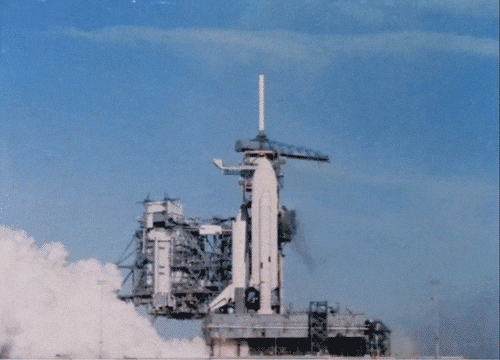
If this sounds familiar, the solution doesn’t lie in a single tool, but in the integration of two complementary strategies: FinOps and Observability.
Inside the dynamic duo
While FinOps defines the “why” and the “how much”, observability reveals the “how” and the “where”.
In this sense, the “perfect match” happens, because together they offer a strategic and operational vision that transforms your cloud management into an engine of efficiency and growth.
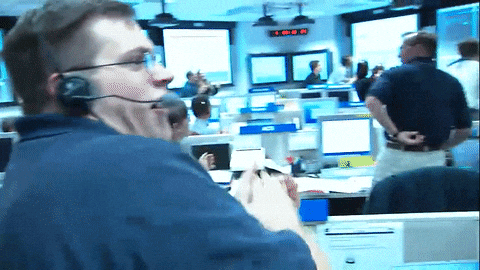
FinOps Station: the strategic north of optimization
We’ve talked about FinOps a few times here, but we can’t stress enough that this is a collaborative practice between the technical and financial areas that aims to maximize the value of cloud investments.
Read also: How can FinOps help transform your IT?
It’s worth noting that more than controlling spending, FinOps promotes a culture of shared responsibility. To make it clearer and more dynamic to understand, I have separated the action into three complementary pillars:
- Information: transparency is the starting point here. By clearly visualizing the cost of each project, team and service, we eliminate the “fine print” of the operation and gain an overview without distortions.
- Optimization: with data in hand, we trace the escape route to reduce waste. Rightsizing adjusts cloud consumption to what is really needed, avoiding idle resources and focusing on what adds value.
- Operation: finally, the practice is consolidated in the automation of good practices and the creation of review rituals with the teams. After all, technology only delivers results if it is accompanied by effective processes and continuous improvements.
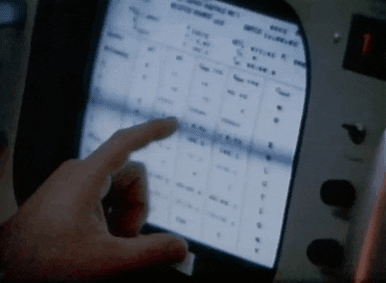
“FinOps transforms the cost of the cloud from a reactive expense into a proactive strategy.”
Observability: an in-depth look at the performance
In this effectiveness pair, observability goes beyond traditional monitoring because it makes it possible to understand the internal state of complex systems from their external signals.
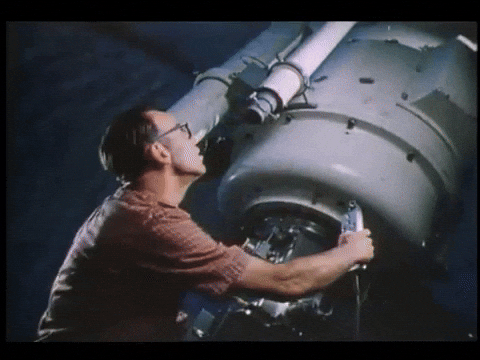
Again on the subject of pillars, it also relies on three telemetry combinations that together offer a comprehensive view:
- Metrics: translate behavior into numbers – CPU usage, latency, throughput – and reveal trends over time.
- Logs: record time-stamped events, creating a detailed trail for traceability and context.
- Traces: connect the dots by showing the end-to-end journey of requests in distributed environments.
By following the flow and with this data interconnected, it is possible to identify bottlenecks, inefficiencies and optimization opportunities that would be invisible at first glance.
The perfect synergy: how to bring the two worlds together
The real leap comes when FinOps and Observability work together. See practical examples:
| FinOps question | Response with Observability |
|---|---|
| Is this VM oversized? | Average CPU and memory usage over 30 days is around 20 % |
| DB costs have risen by 40%. Why? | Logs and traces show inefficient queries |
| Can we turn off the staging environment at night? | Metrics show 100% idleness outside business hours |
| Is our autoscaling efficient? | Traces reveal slow scaling and wasted instances |
Mood Hands-on: from diagnosis to execution with FinOps and Observability
To make your journey easier, we’ve put together the initial steps to activate your operation.
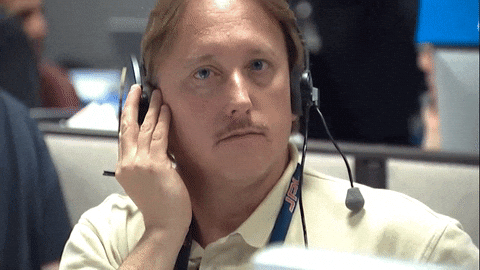
1. Data collection: the foundation of visibility
It all starts with capturing the right metrics. That said, native tools such as AWS CloudWatch, Azure Monitor and GCP Operations provide the basics for understanding consumption.
If the goal is a unified and granular view, complete solutions such as Datadog, Dynatrace, New Relic, or an open-source stack with Prometheus + Grafana, offer detailed and scalable dashboards that consolidate metrics, logs and traces.
2. Inside the data and impacts
Once collected, it’s time to cross-reference cost and performance information to generate answers. Unified dashboards show, side by side, the amount spent and utilization (CPU, memory, latency), for example, helping to answer timeless questions such as “Are we paying more than we’re using?”.
In addition, specific reports help identify “zombie resources ” – machines or services with less than 5% utilization – that can be turned off or adjusted to avoid waste.
3- Good market practices: creating a culture of efficiency
Things will only work with solid processes. Here’s how:
- Start with consistent tagging (cost_center, project, team), as this is what allows you to filter and assign costs correctly.
- Set up intelligent alerts, not only for CPU peaks, but also for high costs with low usage.
- Establish monthly reviews involving development, operations and finance teams to review dashboards and adjustments.
- Use intelligent autoscaling, with application metrics, to grow and shrink resources in an adjusted way.
- And finally, empower developers: giving them access to cost and performance dashboards turns every deployment into an optimization opportunity.
According to the FinOps Foundation itself, organizations that progress through the FinOps maturity levels combine cost data with sources of performance and observability, increasing the impact of investment decisions and achieving higher levels of efficiency
The game has changed: from guesswork to evidence-based optimization
The summary of this opera is that by integrating FinOps and Observability, your management goes beyond good practice. Above all, it gains a new way of operating.
And like any change in mentality, it requires time, culture and tools. But the time is now.
Companies that wait until they have a problem before taking action end up losing competitiveness. On the other hand, not controlling costs means diluting margins – and operating without visibility of performance is, in practice, wasting resources in disguise.
At Wevy, we empower your team with the right data, on the right dashboards, for the right decisions. Our experts combine strategy and technology to build this new model.
A universe of technology possibilities for companies
Are your cloud resources operating in the dark? While most are still groping in the dark, you can be the first to illuminate your operations with real data.
Talk to the Wevy Team now and map out real opportunities for savings and performance in your environment.
And don’t forget, FinOps and Observability are designed to get your cloud playing at its best!
